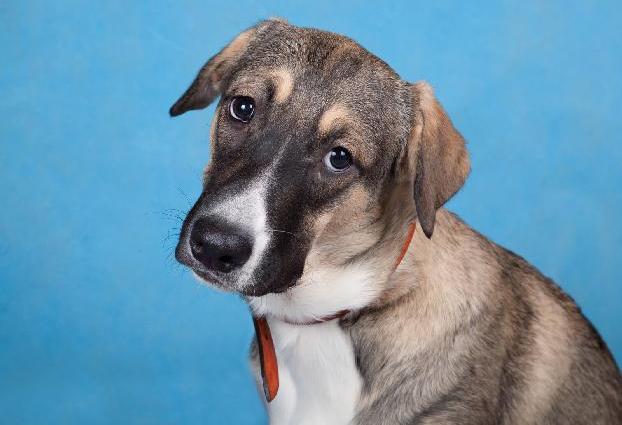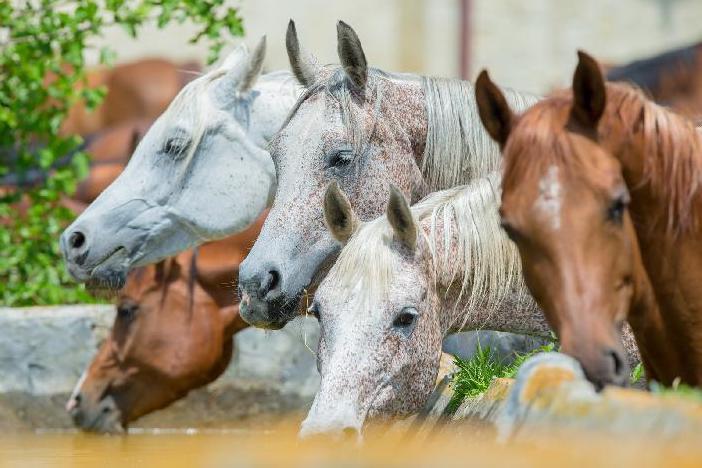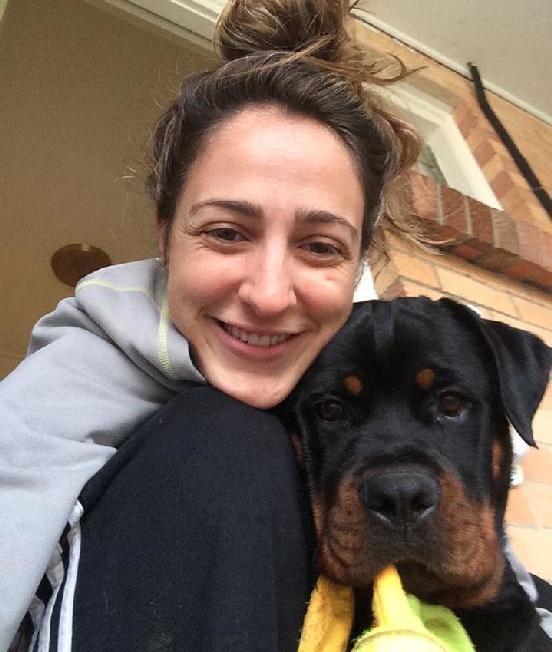a v i a n
Companion Bird Foster Programs – A Review Sheila Blanchette explores the world of foster care for companion birds and the different programs currently available, and makes recommendations for how adoption and retention rates can be improved based on data she gathered from a number of multi-animal rescues over a period of six years
© Sheila Blanchette
© Sheila Blanchette
Star, a 7yearold Goffin cockatoo was surrendered due to plucking behavior. He spent several months in a behavioral foster home before being successfully adopted into his forever family
Josh, a 10yearold caique, was surrendered due to plucking and screaming. He was adopted and returned, and was then placed in an exotic bird sanctuary with another caique
W
ence with helping with a specific medical issue. They may have a quar antine/quiet area and know how to properly administer medication. The foster family cares for the companion bird until the medical issue is under control or resolved. A rescue or placement program may use this choice so as not endanger other birds at the location. The rescue or placement program staff may not be able to give the oneonone atten tion which a foster home can give to a companion bird.
ithin the New England area of the United States (i.e. Maine, New Hampshire, Vermont, Rhode Island, and Connecticut) there are many avian and multianimal rescues (private shel ters) that have foster programs. These programs involve placing an ani mal in a temporary housing, outside of the rescue, for a duration of time to aid with illness, injury, stress, or caring for young offspring for a given duration of time. Depending on the rescue, companion birds may or may not be included in the foster program. When a rescue does develop an avian foster program, there can be a variety of options:
Foster to Adopt Home: A companion bird is placed into an adoptive home for a “trial” period. A rescue or placement program may use this choice because the adopter has the knowledge and the proper environ ment for the companion bird. The rescue or placement program wants to make sure the companion bird can adapt to the new environment. After a designated time period, the adopter accepts the companion bird or the bird is returned back to the rescue.
Medical Foster Home: A companion bird has a medical issue and is placed into a temporary home. In this case, the foster family has experi
44
BARKS from the Guild/November 2020
Temporary Foster Home: A companion bird is placed into a tempo rary home until a permanent home can be found. This usually occurs when a rescue or placement program may not have room at the loca tion for the companion bird. They need a temporary space until there is room within the location. Avian placement programs may not have a permanent brickandmortar location, so they heavily rely on volunteers to be temporary foster homes. Additionally, some rescues and avian placement programs have included a subprogram as part of their com munity outreach called the safe haven option. This is used during do mestic abuse or legal cases when a companion bird needs a temporary home as cases are being worked out (third party, safe haven) or when there is a loss of home, e.g. when a family loses their home due to fi nancial reasons, weather damage, and/or fire.
















